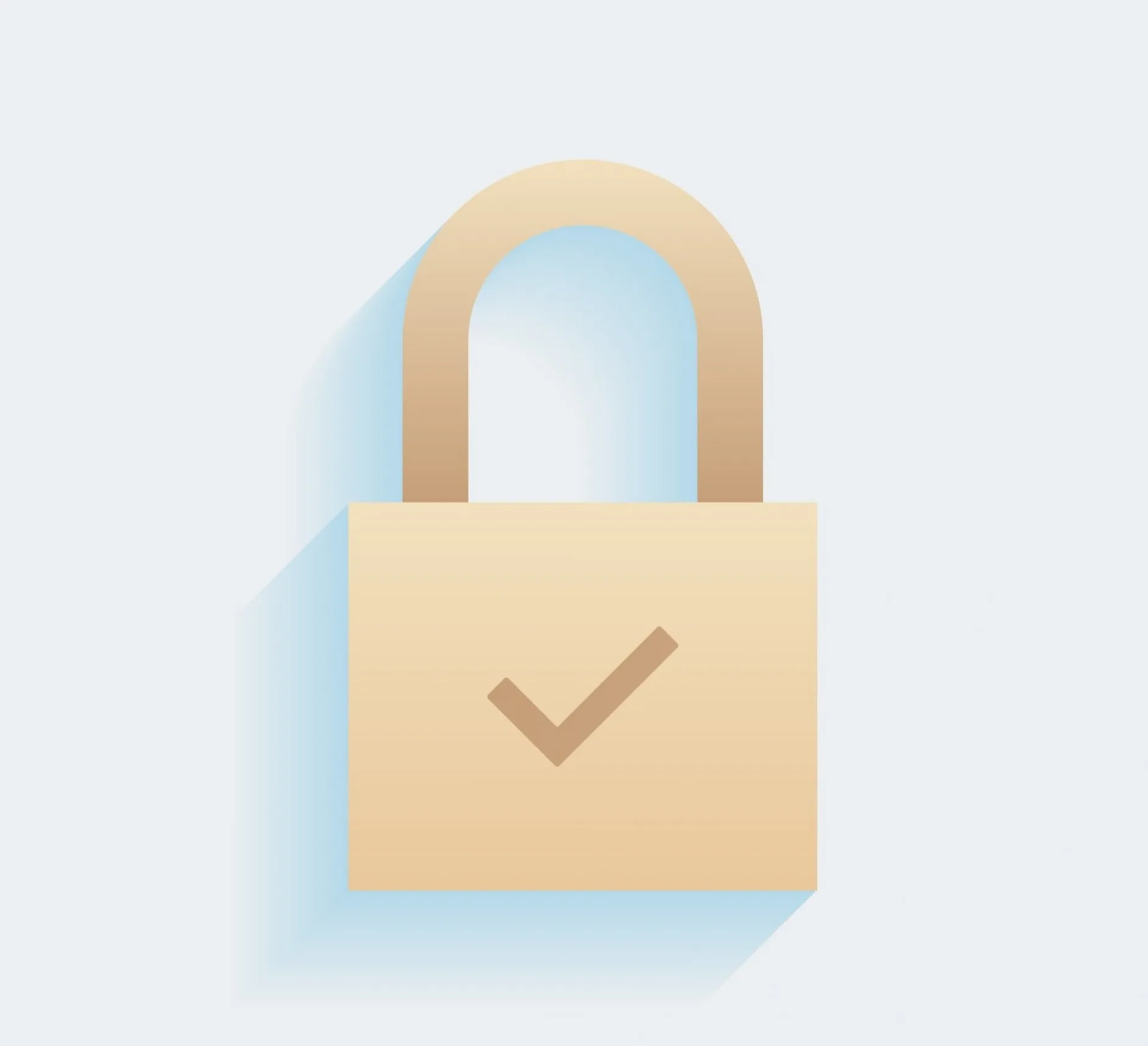In Summary
Although you may not know by name what an SSL certificate is, you would have definitely seen one whilst on your internet travels. Essentially, they are small data files which bind a cryptographic key to the business’ details. When installed, it activates a padlock and uses https protocol, only allowing secure connections between a web server and a browser. The certificate binds together the domain name, server name or hostname, as well as a company name and location. It used to be that only SSL certificates would be found on pages including card transactions, data transfers and logins, but now they are becoming standard on all websites. They are a great way of making your website work for you and your objectives.
Examples


Secure Site
When it is successfully installed on your server, the protocol (HTTP) will change to HTTPS, with the S standing for secure. This is one of the easiest ways to spot a secure website! However, depending on the level of certificate you purchase and what browser you are on will determine whether the secure site has a padlock or a green bar.
Why You Need An SSL Certificate
SSL Certificates protect sensitive information such as credit card information, usernames, passwords etc. If your customers are aware of such certificates, they will be on the lookout for the padlock or green bar. They will make visitors more likely to enter and trust the site, therefore more customers for the business!
They also:
- Keeps data secure between servers
- Increases Google rank
- Builds/Enhances customer trust
- Improves conversion rates
For further insights and guidance, we invite you to explore our blog at 07hm.co.uk/blog. Here, you’ll find a wealth of information tailored to the needs and challenges of SMEs navigating the digital landscape. Additionally, if you have specific questions or need personalised advice, don’t hesitate to reach out to us via email at info@07hm.co.uk or telephone on 01702 410663.






